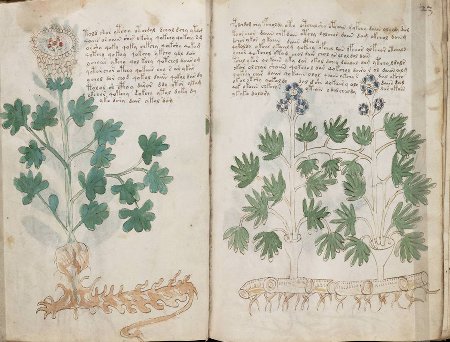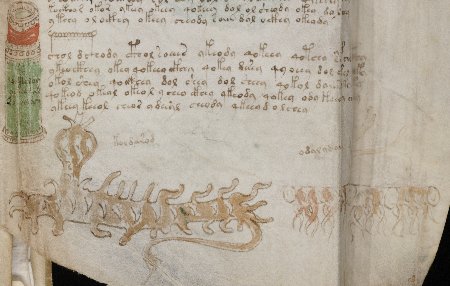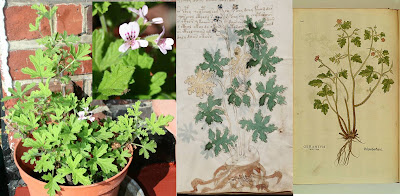Everyone knows Macbeth’s witch’s ingredient list:
Fillet of a fenny snake, / In the cauldron boil and bake;
Eye of newt, and toe of frog, / Wool of bat, and tongue of dog,
Adder’s fork, and blind-worm’s sting, / Lizard’s leg, and howlet’s wing, […]
While real medieval recipes were hardly averse to a bit of mystification, I think it’s fair to say that – by and large – most seem to have been intended to be achievable. But… why do so many of them include a hoopoe’s heart?
It’s a vague question that I’ve had lurking at the back of my mind for ages, that lurched abruptly forward yesterday when I saw a news story about how a hoopoe had been sighted in York for the first time in forty years. Here’s Jon Noble’s nice photograph of the York hoopoe:
So I went on a short journey into the archives to try to answer the historical question: why a hoopoe’s heart?
Hoopoe History
Perhaps the best source on everything to do with the hoopoe is John Gotthold Kunstmann’s (1938) University of Chicago dissertation “The Hoopoe : A Study in European Folklore“. Kunstmann traces the pictorial history of the hoopoe all the way back to Ancient Egypt and Crete; notes references to it in Ovid, Pliny, Pausanias, Isidore (via Hrabanus Maurus), and even Rabelais; and discusses folk tales about ‘how the hoopoe got its crest‘ (though e.g. it seems a tad unlikely that Solomon gave the hoopoe its crest because of its hatred of women, etc).
Kunstmann’s chapter II is where things start to get more meaty. The (originally African) hoopoe appears in “Egyptian (Demotic), Coptic, Graeco-Egyptian medical prescriptions, in Pliny […]” etc, all the way up to R. James’ (1752) Pharmacopeia Universalis (2nd edition).
Pretty much every part of the hoopoe was considered to have magical properties, along with its eggs, its ashes, and even a magical stone called “lapis quirinis” (or quiritia, cinreis, withopfenstain) fabled to be found in its nest.
Hoopoe Hearts
The heart of the hoopoe is said (in Konrad von Megenburg’s Buch der Natur, which we’ve seen here a number of times of late) to be used “by magicians and by people who perform evil deeds secretly”. Kunstmann goes on:
Hans Vintler in Pluemen der tugent informs us that the hoopoe’s heart, placed upon a sleeper at night, will cause him to reveal hidden things. According to a MS from Stendal, the hoopoe’s or the treefrog’s heart, if carried on one’s person, will cause everybody to love one. The same MS advises drying and pulverizing the heart of the hoopoe and placing it under one’s head at night, in order to dream about the location of hidden treasure. Johannes Ravisius Textor mentions the heart of the hoopoe as good for stitches in the side.
(Note that Textor was just reprising Pliny)
Voynich Manuscript researcher Marco Ponzi also recently mentioned a hoopoe heart in a post on magic rings:
Laura Mitchell (Cultural Uses of Magic in Fifteenth-Century England) quotes a spell in MS Ashmole 1435 in which the heart of a hoopoe grants prophetic dreams (Cor ypapa supponatur sub capite dormientis et sompniabit futuram).
Eating a Hoopoe Heart
The Papyri Graecae Magicae talks about eating the honeyed heart of a hoopoe at full moon. So the idea of eating a hoopoe heart has a very long pedigree indeed.
Václav Havel’s (1984) “Thriller” begins (and, if you read it all, ends) with:
BEFORE ME LIES the famous Occult Philosophy of Heinrich Cornelius Agrippa von Nettesheim, where I read that the ingestion of the living (and if possible still beating) heart of a hoopoe, a swallow, a weasel, or a mole will bestow upon one the gift of prophecy.
Agrippa’s ultimate source might be the one mentioned by Richard Kieckhefer in his “Magic in the Middle Ages” (p.142):
[…] to learn all that happens on earth, the secrets of everyone’s mind, and even heavenly things, one manuscript [British Library Ms Sloane 3132 fol. 56v] recommends beheading a hoopoe at sunrise, under a new moon, and swallowing its heart while it is still palpitating.
(Though it might be less fuss to just get a Twitter account.)
In the same footnote, Kieckhefer mentions Bodleian MS e Mus. 210 fol. 186v: “to learn the language of the birds, take the heart of a hoopoe or the tongue of a kite and put it in honey for three days and nights, then place it under your tongue“.
Dirty Hoopoes
Yet the hoopoe was also considered a filthy bird, and was included in the list of “birds of abomination” in Leviticus 11 and Deuteronomy 14 (Kunstmann p.44) “whose flesh must not be eaten”. Even Aristotle passed forward various explanations for the hoopoe’s bad smell (which is genuinely the case, it’s sadly not a very hygienic bird).
Even though Kunstmann doesn’t say so, I suspect this makes the idea of consuming a (dirty) hoopoe’s heart as part of a magical recipe also (because it was a a “bird of abomination”) transgressive.
And yet because of the hoopoe’s magical associations and powers, people were clearly happy to do that. Even if they didn’t first store it (as per Havel’s “Thriller”) in a Thermos flask. 🙂








